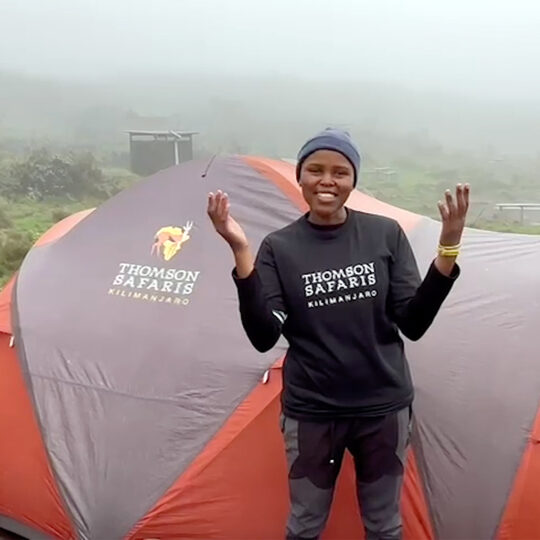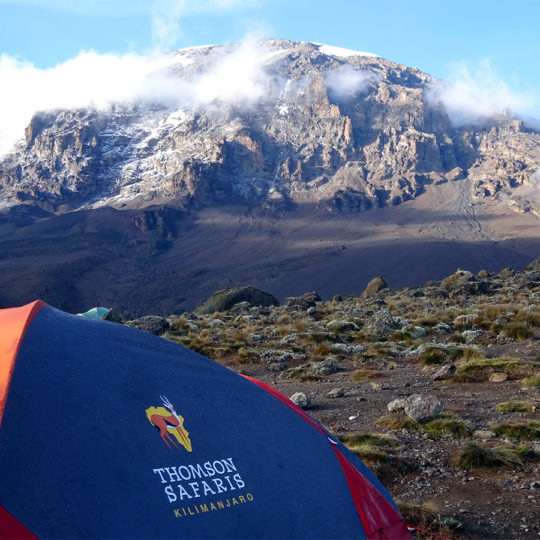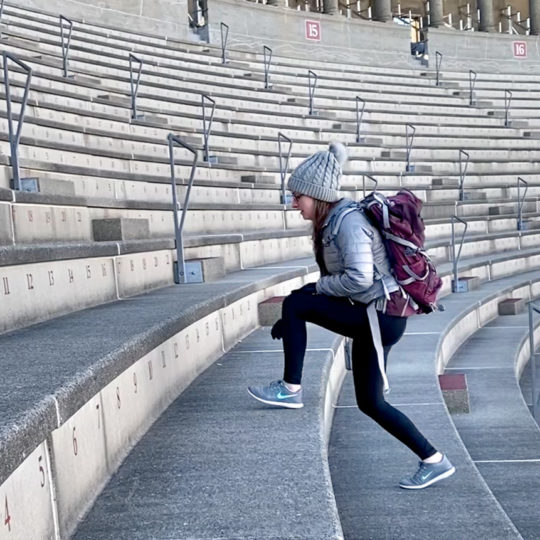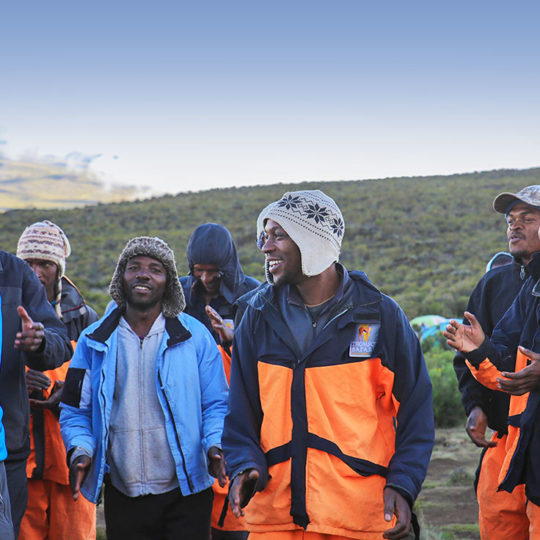My name is Eunice Joseph. I was born and raised in the foothills of Mount Kilimanjaro. I’m a porter at Thomson Safaris, and I really love my job! What do you like about your job? Being a porter is important to me for several reasons. It has helped me support my family financially as…
Your boots are laced tight. The rainforest fog is thick. Kilimanjaro’s snow-capped peak looms overhead. It’s day one of your trek, and you’re busy anticipating the challenge that lies before you. Little do you know about the challenges that lay behind you! Every Thomson trek requires an enormous amount of logistical organization just to make…
Each trek is different, but on average, it takes about 225 pounds of total luggage per trekker to get to Kilimanjaro’s peak and back. No one would be able to trek Mount Kilimanjaro without a porter.
We’re pleased to announce that all Thomson guides renewed their Wilderness First Responders (WFR) certification during their recent WFR training course! This course is offered by the internationally recognized Sentinel Outdoor Institute. It’s the highest level of safety training available on Kilimanjaro–and for Thomson head and assistant guides, it’s standard policy. Thomson is one…
There’s only one Mount Kilimanjaro. One Uhuru Peak. And with over 35,000 trekkers climbing its slopes every year, companies like Thomson bear a huge responsibility to be responsible stewards of the mountain. And every year, Thomson steps into that responsibility with confidence. All Thomson head and assistant guides are trained in the principles of Leave…
We can’t wait to welcome you back to Tanzania. Although some things have been adjusted (see our new Standard Operating Procedures), there are some things about trekking Kilimanjaro that won’t change… How Impressed You are with the Porters Carrying 33 pounds is no easy task to begin with – never mind doing it at…
Climbing Mount Kilimanjaro is no easy task – now imagine doing it with 30 pounds of gear on your back. Between carrying the weight, withstanding unpredictable weather patterns, enduring extreme altitude, setting up and breaking down camps along the route and lifting the spirits of trekkers throughout – put it all together and you are…
Your guides are your most important assets on Kilimanjaro. That’s why we go the distance to make sure every guide, not just your head guide, is a certified Wilderness First Responder (WFR). Because we’ve seen just about everything on Kilimanjaro; unexpected snowstorms, twisted ankles, altitude sickness – the right guides spot the warning signs beforehand…
Imagine waking up at 13,200 feet on Kilimanjaro on the sixth day of your trek. A friendly face might hand you a cup of coffee as you tie your boots. Another might refill your water bottles. Later, a team breaks down your tent, toilet tent and dining tent, stows away the food and cooking equipment…
You’re never more than an inch from success and failure on Kilimanjaro; we’re talking about footwear of course. That inch of rubber and leather between your feet and the mountain is critical for the trek. Luckily, your trip doesn’t have to fall to pieces if your hiking boots do. Two of our most popular stories…
















